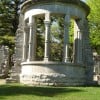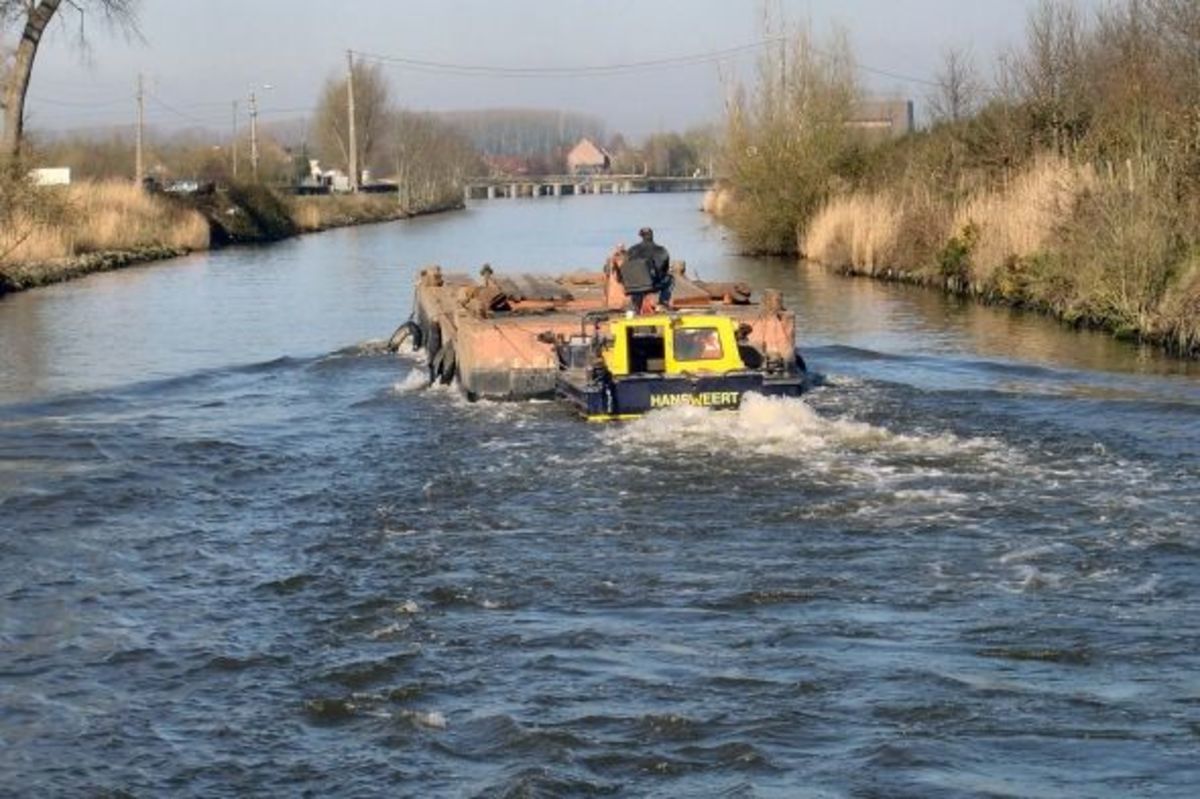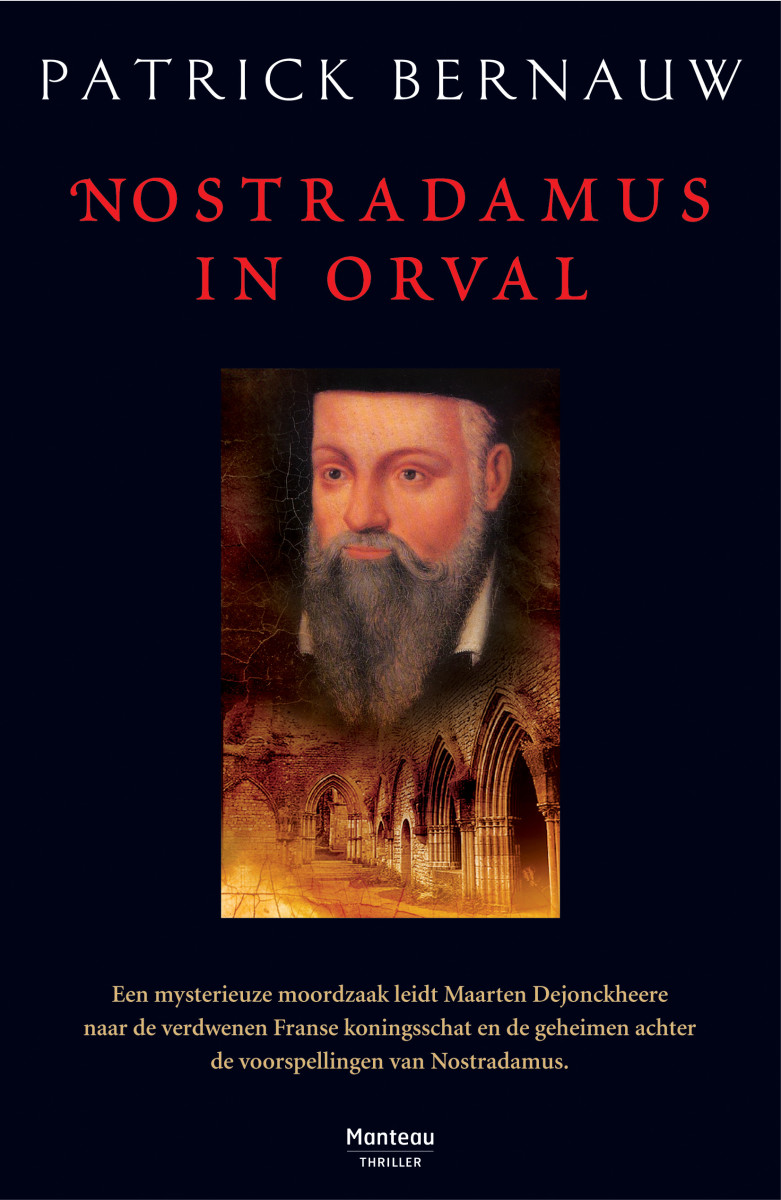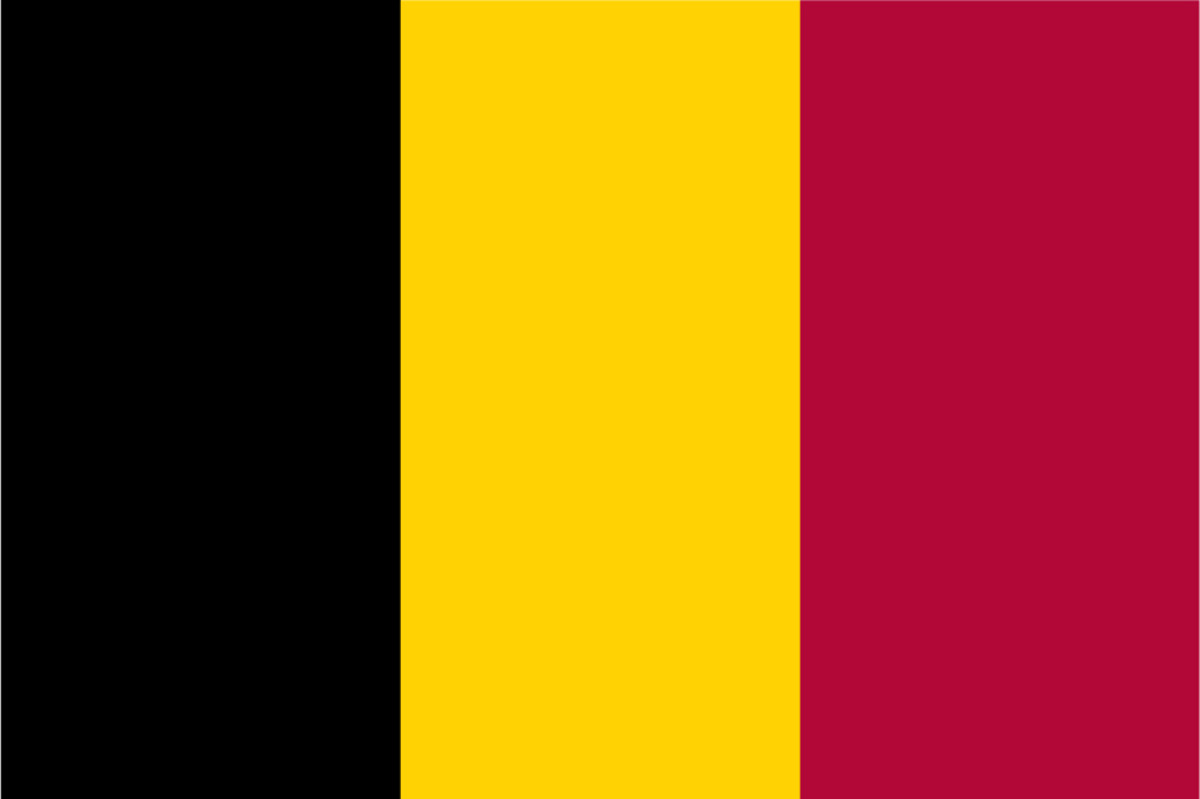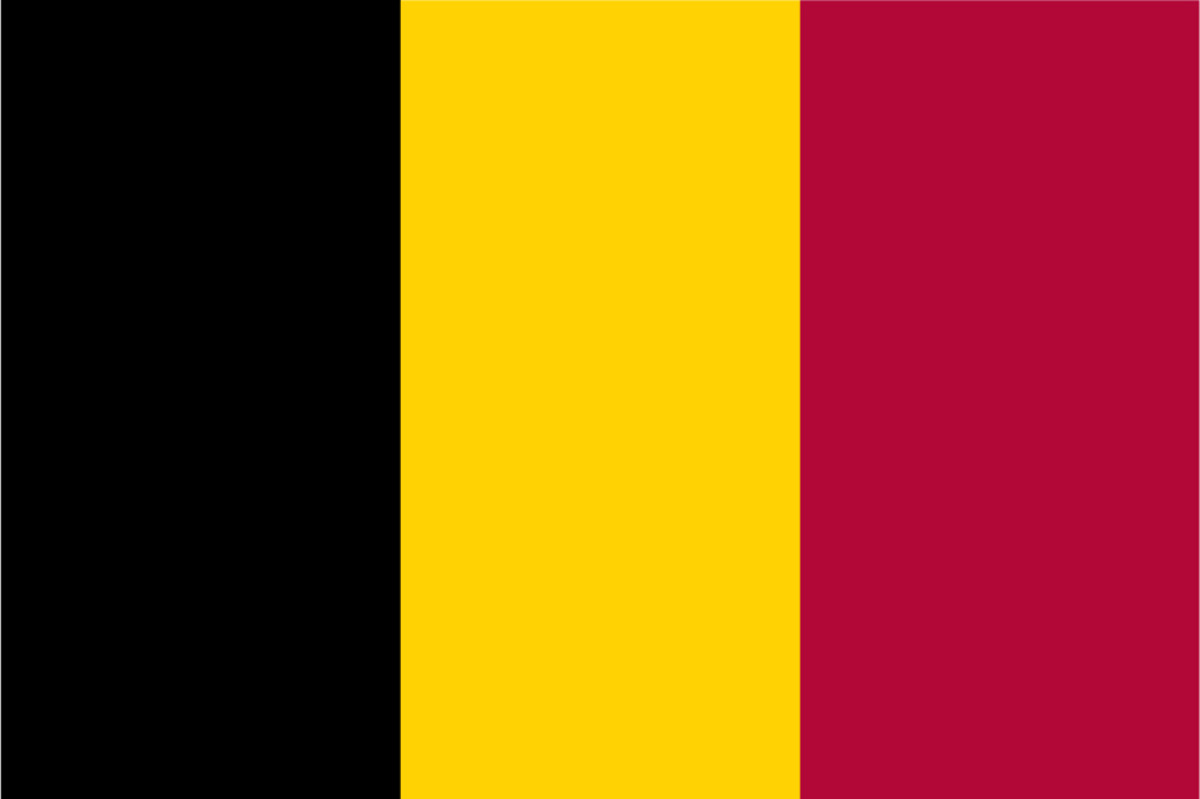Visiting Menen, Belgium: part of a cross-border conurbation, where everything suddenly changes
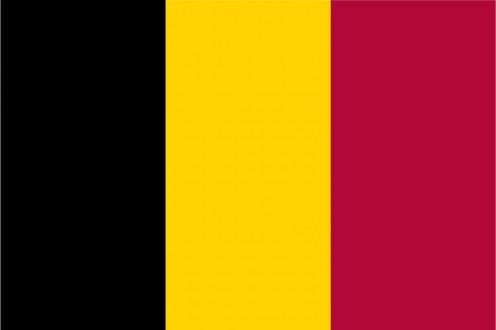
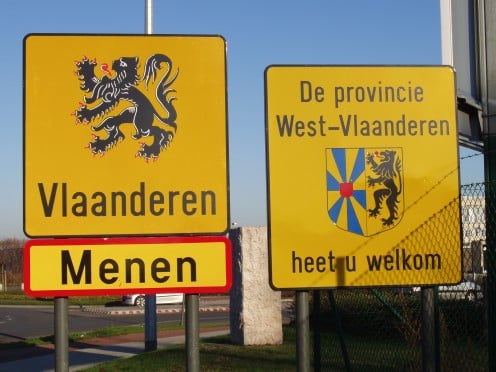
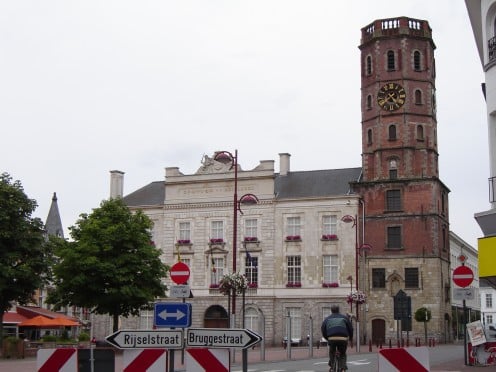
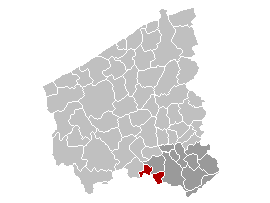
See its remarkable, octagonal belfry
Interestingly, Menen is possibly more well known among Anglophones because of a structure named for the town, rather than because of the town itself. I am referring to Ypres (Dutch: Ieper), where the famous Menen (or Menin, the French spelling) Gate is the scene of frequent commemoration of the fallen of the Commonwealth.
Town Hall and other buildings
In Menen itself, among the most outstanding landmarks is the Town Hall, with its belfry. Often belfries in Flanders are round in shape, but this one differs in that it is octagonal.
This Town Hall building dates from 1782. The belfry itself, however, was built between 1574 and 1610.
Among various other notable buildings, these include: the church of St. Vedatus (Dutch: Sint-Vedastuskerk ) dates partly from the 15th century; there is an old windmill dating from 1798; the church of St. Francis (Dutch: Sint-Franciscuskerk ) dates from 1861, but with its origins in a much older monastery.
Border psychologies and linguistic transitions
If you look cafefully at the picture of the town hall at Menen, you will see a sign to a city in France, But unless you known the Dutch equivalent, you won't recognize it. The French city: Lille; the Dutch equivalent: Rijsel. (Who would have thought?)
Anyway, this will not be the only instance where the word in Dutch is completely different from a French place name. More examples:
French: Tournai; Dutch: Doornik.
French: Grammont; Dutch: Geraardsbergen.
French: Mons; Dutch: Bergen.
French: Arras; Dutch: Atrecht.
At several of the towns in this area, the Lys River (Dutch: Leie ) forms the border between Belgium and France; between the French Nord department and the Belgian province of West Flanders (West-Vlaanderen ), but at Menen the border curves southwards, and from Menen onwards, the Lys (or by now, should I say, Leie ) is wholly in Belgian Flemish territory.
This is very much border country and in history Menen was besieged on 22 occasions between 1579 and 1830, including by the 1st Duke of Marlborough (victor of Blenheim and first proprietor of England's Blenheim Palace). The Duke's men used the town's belfry for target practice ... and when it was eventually repaired, it was given its current octagonal shape. French king Louis XIV's engineer Vauban fortified the town in the late 17th century. Belgium has earned itself the historical sobriquet the 'cockpit of Europe' and Menen, certainly, by virtue of its pivotal border situation, has particularly exhibited the propensity to attract armies to its vicinity, so that they could gain extra square metres (or whatever measurement they were using) of advantage over the opposing army.
These days, in this area of Belgium, however, square metres are disputed not with armies and canon, but for linguistic reasons. Because in the wider district, every last square metre has been apportioned to either Dutch-speakers, or French-speakers. Some communes known as 'facility communes' (Dutch: Faciliteitengemeenten ; French: Communes avec facilitées linguistiques ), the official designation for places where linguistic minorities are protected. But here in Menen, as distinct from the adjoining French town Halluin in its conurbation, where everything is officially in French, the Dutch language area suddenly begins at the boundary, with no facility for French at all. Meanwhile, nearby Comines, Belgium (there is also a Comines, France, but let's not complicate matters) is French-speaking but with Dutch as a protected language, and in nearby Mouscron the same official situation prevails.
Also worth seeing
Halluin , France (distance: 2 kilometres); there is an old windmill, dating from 1877. Outside the town is an arboretum at a manor complex, the Manoir aux Loups .
Roncq , France (distance: 6.7 kilometres), where there is a number of distinguished buildings, including the Town Hall, and the St. Piat church with an 18th century tower.
Ieper , Belgium (French: Ypres ; distance: 22 kilometres), with its rebuilt Medieval Cloth Hall and its Menen Gate, commemorating World War 1 war dead.
Comines , France (distance: 11 kilometres) has a picturesque town hall with a belfry and memories of the Medieval chronicler and diplomat Philippe de Commynes.
Kluisberg / Mont de l'Enclus , Belgium (distance: 37 kilometres), a picturesque, wooded hill, which attracts many visitors.
Tournai (distance: 41 kilometres), its magnificent architectural heritage includes its 12th and 13th century Cathedral and a fine Medieval tower.
Antoing , Belgium (distance: 52 kilometres), a town on the Scheldt River, with its Medieval castle belonging to the de Ligne Princes.
...
How to get there: Brussels Airlines flies from New York to Brussels Airport (Brussel Nationaal / Bruxelles-National ), from where car rental is available. Brussels is the nearest large airport to Menen (distance: 116 kilometres). The Belgian railroad company NMBS/SNCB maintains a service between Brussels and Menen. Please check with the airline or your travel agent for up to date information. Please refer to appropriate consular sources for any special border crossing arrangements which may apply to citizens of certain nationalities.
MJFenn is an independent travel writer based in Ontario, Canada
Other of my hubpages may be of interest
- Visiting Antoing, Belgium: with its Medieval castle of the de Ligne Princes
The town of Antoing, situated on the Scheldt River (l'Escaut) in Belgium's Hainaut province (Province de Hainaut ) in the Walloon region (Rgion Wallonne), is only a few kilometres from the French border.... - http://hubpages.com/hub/Visiting-Belgiums-Mont-de-lEnclus-Kluisberg-wooded-hill-divided-into-its-Fre
How can a hill covered in trees be partly French-speaking and partly Dutch-speaking? Answer: this is Belgium. It happens, trust me. But do the trees speak French or Dutch (or any other language, for that...
